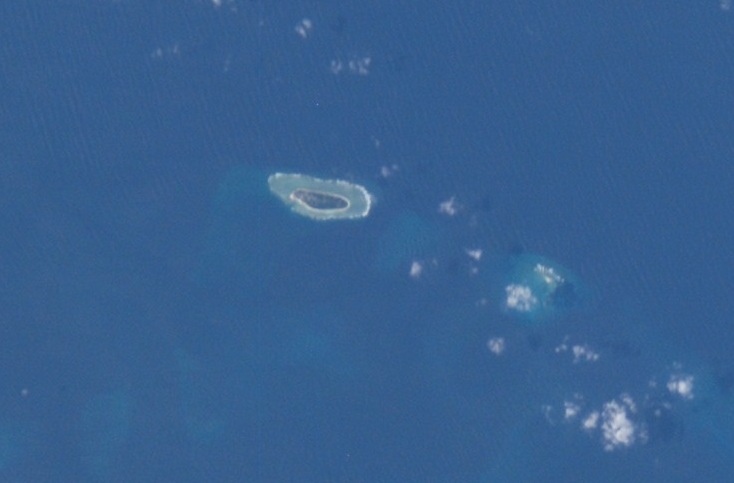By Cheryl Pellerin
American Forces Press Service
MANILA, Philippines, Aug. 30, 2013 – On the last stop of what he called a “very productive” trip to four countries in Southeast Asia, Defense Secretary Chuck Hagel met today with Philippine government and defense leaders and later paid his respects to U.S. troops laid to rest at the Manila American Cemetery.
The secretary left Washington, D.C., Aug. 22 and visited his counterparts in Malaysia, Indonesia and Brunei before arriving today in Manila.
In Brunei on Aug. 28 he attended a meeting of defense ministers from 10 countries that belong to the Association of Southeast Asian Nations, or ASEAN. The 10 member states are Burma, Brunei, Cambodia, Indonesia, Laos, Malaysia, the Philippines, Singapore, Thailand and Vietnam.
Yesterday, he attended the second-ever meeting of the ASEAN Defense Ministers Meeting-Plus, a group made up of the 10 ASEAN defense ministers and eight dialogue partners: defense ministers from the United States, China, Japan, South Korea, Australia, India, New Zealand and Russia.
Today in Manila, after meeting with President Benigno S. Aquino III at the Malacanang Palace, Hagel and National Defense Secretary Voltaire Gazmin held a press conference there.




















